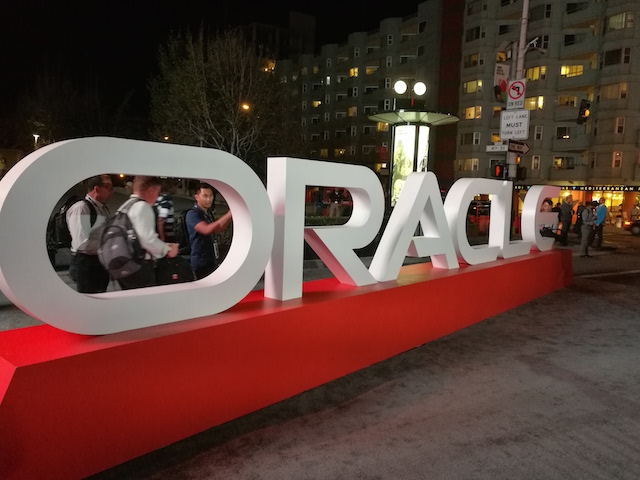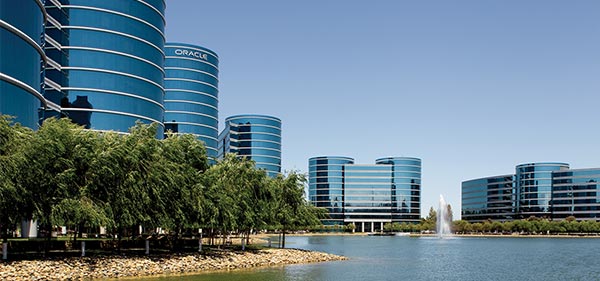One of the things that cloud computing has changed for the software industry are the fat profits – the shift to Software as a Service (SaaS) has seen the margins collapse as the rental model doesn’t offer the same big lumps of cash that the old way of doing business offered.
That has had terrible consequences for a generation of enterprise IT salespeople who lived well on fat commissions as they sold million dollar packages to large corporations and government agencies.
So it was interesting today to hear Oracle’s CEO, Mark Hurd – a master IT salesman himself – claim at the company’s Open World press conference today that operating margins on cloud services are quite good.
Certainly Oracle’s results show that with a claimed 61% profit margin there is money to be made in cloud services however their experience is not typical of the industry. For example, Microsoft’s online products only deliver a third of the profits as the company’s more traditional software lines.
Even with the still fat profit margins, it’s hard to see how a company like Oracle can maintain its old salesman driven model as deals based more on long term service contracts rather than big deals mean there aren’t the lumps of cash for salespeople to grab a slice of.
Older companies struggle with shifting mindsets in their industries and some, such as the taxi business in the face of Uber, take too long to change. Whether software companies like Oracle are navigating the change is something I’ll look at in tomorrow’s post.



